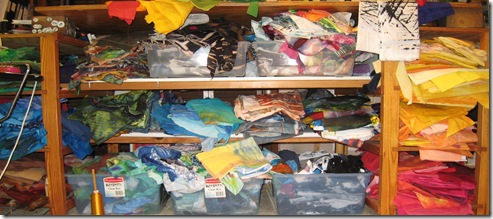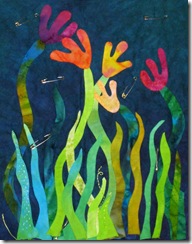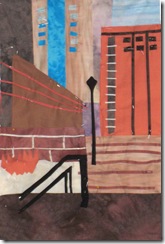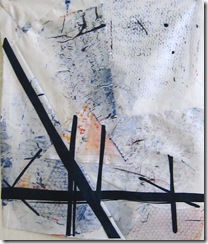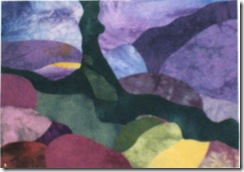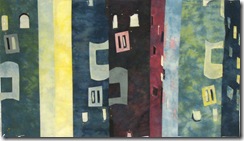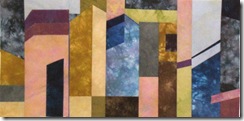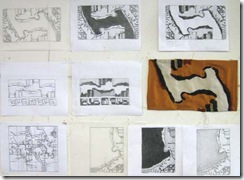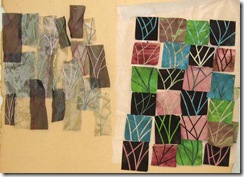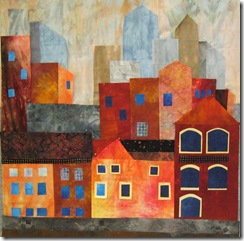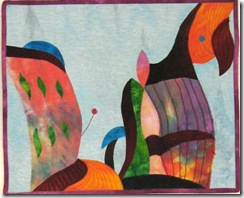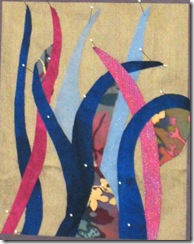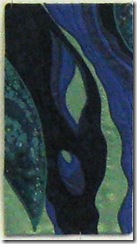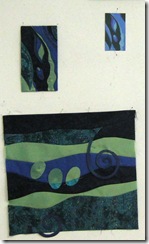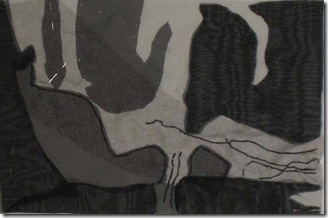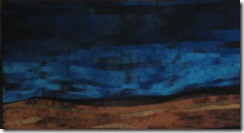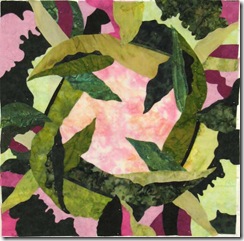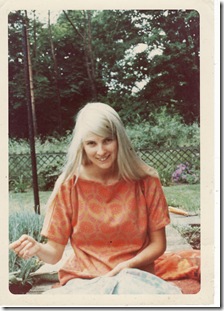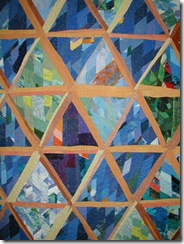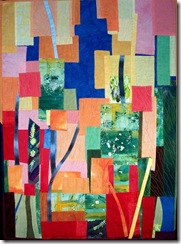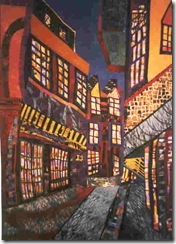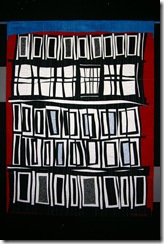“Don’t let your art look contrived!” said my friend as we viewed my latest efforts. I knew exactly what she mean as I love work that looks fresh and spontaneous – while all the while being the product of great thought, balance, compositional control and probably years of practice and the result of many attempts to achieve this effect. It’s like the actor playing a part in a long running stage play – every performance must be true, valid, dynamic and effortless. Most great performances (whatever the medium) have this quality – it doesn’t happen as a result of being very young, very drunk and (one thinks!) very spontaneous! it’s practice that counts of course. Practice, practice, practice and then letting go and being in the moment when faced with one’s medium. I’ve been reading a very revealing book about the performance of tennis (Open by Andre Agassi)where he demonstrates over and over the validity of this observation.
The problem of being too contrived occurs in so many situations: online, I came across a beautifully scathing review of the work of Tamara de Lempicka in the Sunday Times. “Clumsy, Hollow and Contrived” wrote critic Januszczak. de Lempicka’s contrivances were the result of attempting to copy Cubism, to fake much more knowledge (according to the writer) than she had of that particular art movement. He stated that her nudes are worse than Clive James’ description of a certain body builder running a Western state: “a brown condom stuffed with walnuts”! Can you imagine that line in a quilting magazine?! Read the art critics!! They are hilarious!
Januszczak writes about deLempicka adopting a style and attempting to use it even though she didn’t understand it and had nothing to offer it in terms of her own imagination. This is a problem evident in many a clone quilt! de Lempicka painted mainly in the early 20th century; she continued for many years to search for new possibilities she could “adopt” without success.
Following the inspiration of “primitive” art is a tightrope that many have tried to walk. We know about Gauguin sailing off to the South Pacific and, of course, Picasso was very influenced by African art and “our own” Nancy Crow was terrifically inspired by Anna Williams quilts. They were all successful, but so often the result of a such a strong source of inspiration leads to one producing contrived art. Inspiration plus development and work, not mockery and thoughtless reproduction, is required. Of course the twist in the tale (or tail!) is that de Lempicka’s work has sold well – apparently Madonna and Streisand collect her! Hmm….I will leave you to your own thoughts there…
The opposite of contrived work is work that has variety, unexpectedness, bold strength not wimpy efforts, and has a clear impact on the viewer. These qualities (and vice versa) were clearly shown on the Work of Art show currently on Bravo. where probably the most contrived piece of wall was the one that lead to that contestant’s exit. There’s a lot to learn! And that’s what so great about it!
So, if you have been, thanks for reading…apologies: my posting may be a little slim in the next couple of weeks as I’m teaching a two week class at Penland, up in the Smoky Mountains – looking forward to cool! Elizabeth
